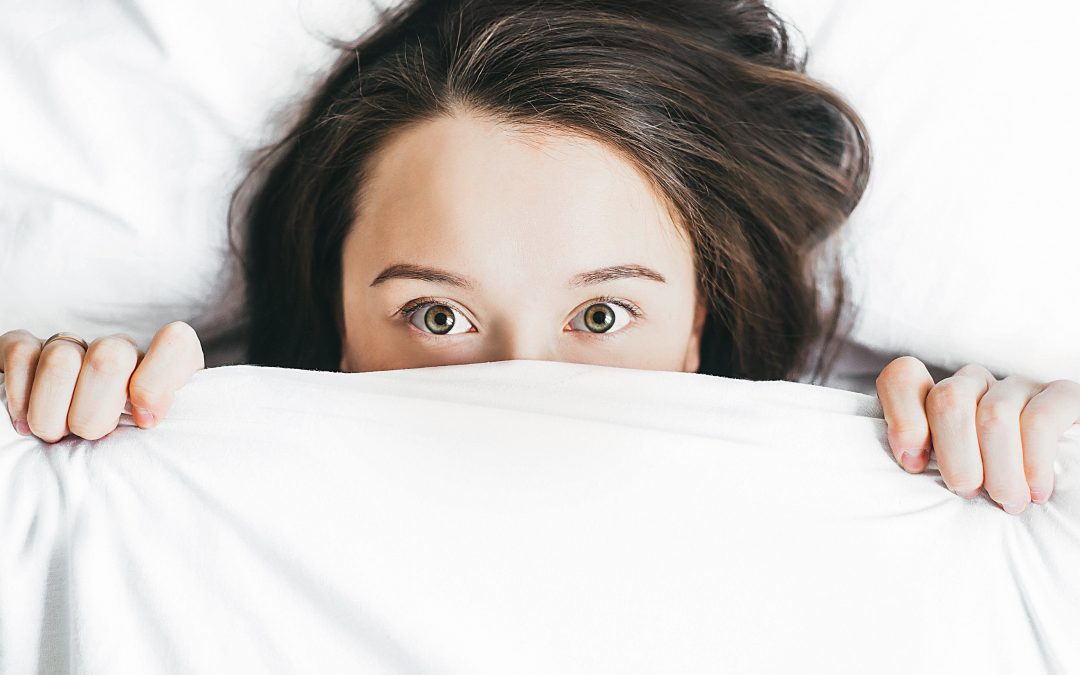Over the years, the public service announcement has changed. When I was what we now refer to as a “tween”, it was the “This is your brain on drugs” PSA with the image of an egg frying in a pan. I guess it worked since I remember it so well all these years later. Generations younger than me have grown up on Just Say No, the DARE program, Officer McGruff… and many other prevention programs. The common theme with all of these is that chemicals–call them drugs, alcohol, substances, whatever–can cause changes in the body. Some of these changes are not pleasant. Some chemicals–such as medications–that have positive changes (treatment effects) also create negative changes (side effects). What does all of this have to do with sleep?
Know what you are putting into your body, whether it is something our society traditionally labels a “substance” (drugs, alcohol, nicotine), a medication that has an impact on your sleep cycle, or a food or food additive that leads to sleep interference. Consider herbal preparations as well.
If you are having sleep problems, it is best not to use any non-prescription substances unless advised by your medical doctor. If prescriptions are impacting your sleep, discuss that with your doctor. Alcohol, while a depressant, can disrupt your sleep cycle and lead to night time awakenings and poor sleep quality.
Don’t forget America’s substance of choice–caffeine. A stimulant, caffeine impacts the nervous and cardiovascular systems. It increases mental alertness, as well as heart rate and other cardiovascular indicators. Caffeine affects people differently, and some of us are more sensitive to its effects than others. Large amounts can affect sleep (especially if consumed prior to bedtime), and can mimic or exacerbate anxiety symptoms. If you are having sleep difficulties, chart how much caffeine you are consuming and talk with your health care professional about its potential impact on your sleep. There are easy fixes–switch to decafe altogether, or at least after a certain hour of the day. But if you are consuming a large amount of caffeine and totally stop your consumption, you can have withdrawal symptoms including headache, fatigue, irritability, depression, and poor concentration lasting for a couple of days. So you may want to cut back slowly rather than going cold turkey–or would it be cold java in this case?
Also consider serving sizes when thinking about how much of a substance you are consuming. Those grande triple espresso mocha soy latte-cinos you may love are probably WAY more than one serving of coffee. The margarita that arrives in a fishbowl… don’t kid yourself into letting that count as one drink. Some more interesting info on caffeine can be found here, including serving sizes for various beverages and their caffeine levels. As for alcohol, a serving is one ounce of hard liquor (that’s about 2 tablespoons), 4 ounces of wine (that is a 1/2 cup, and usually much smaller than most wine glasses), or 8 ounces of beer (one cup, much less than a frosty mug would hold). Inform yourself so you can make smart choices.
Substances also have very different impacts on developing children’s and adolescent’s brains as compared to adult brains. A great reference on that topic is the book Just Say Know by Cynthia Kuhn et al. If your child is experiencing sleep difficulties, look at his or her diet for any hidden caffeine sources, and consider what he or she may be eating or drinking when not supervised by you.
So Just Say No, and Just Say Yes to taking back your sleep!
Grab your own tip sheet full of sleep strategies by completing the form, below.

